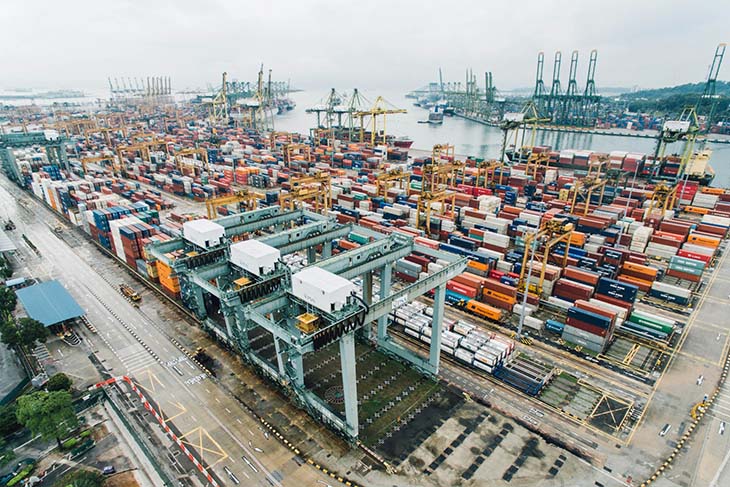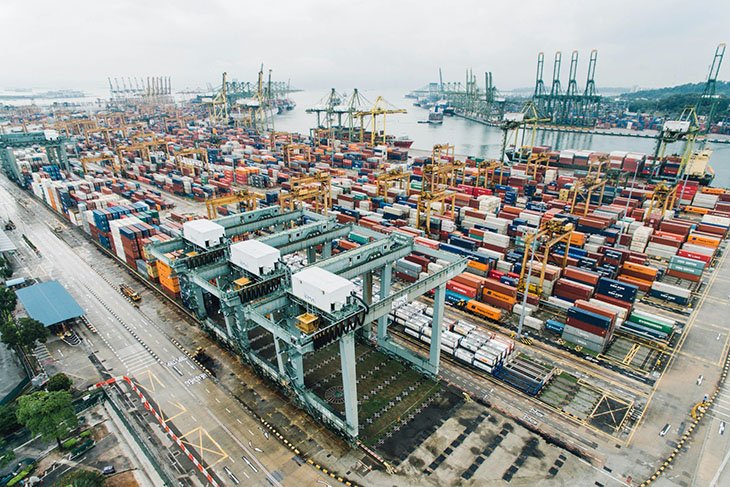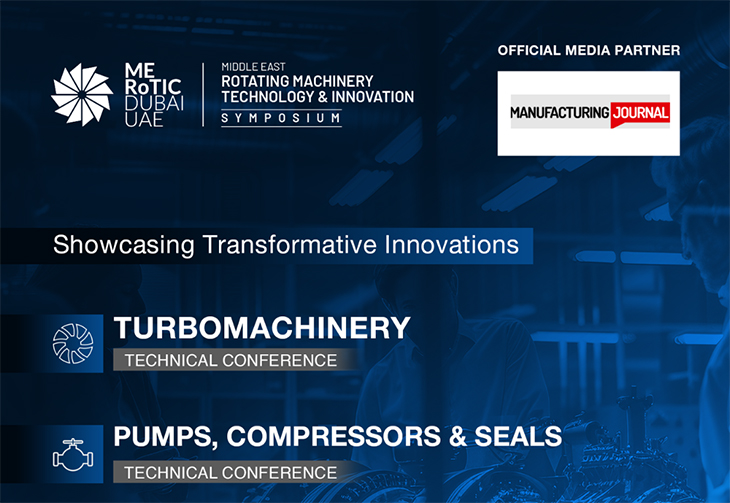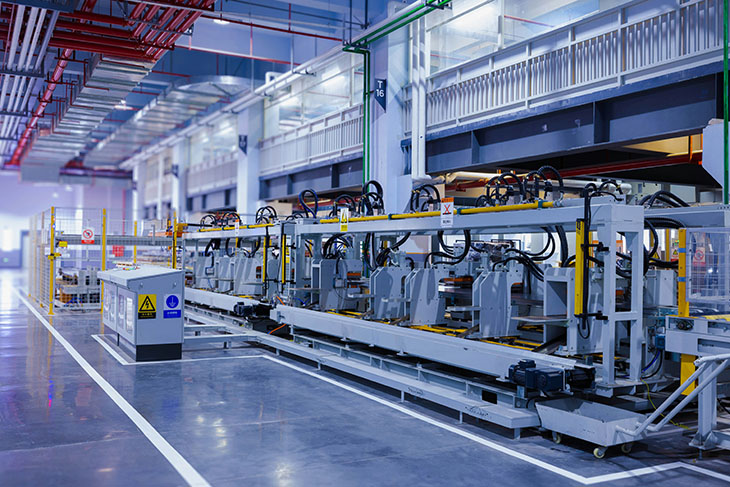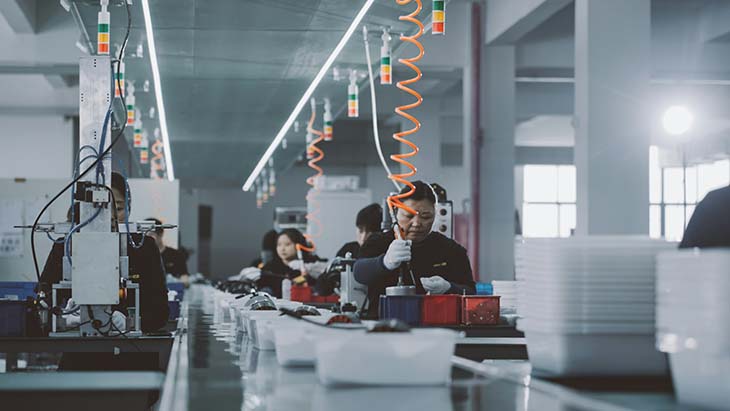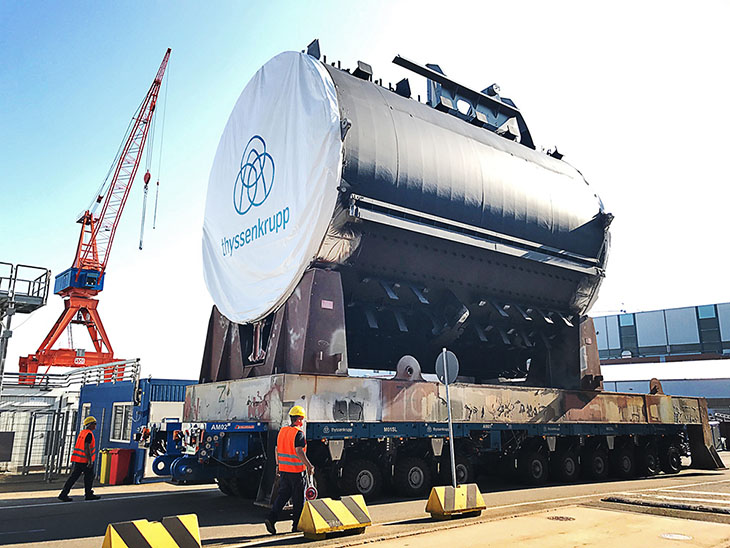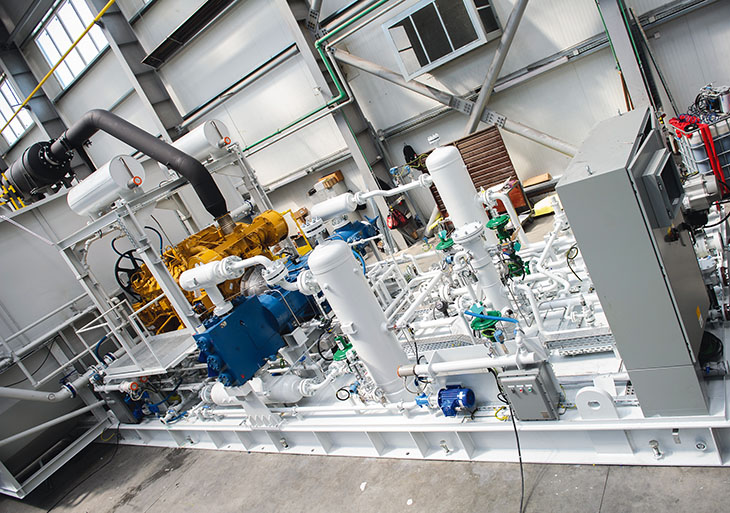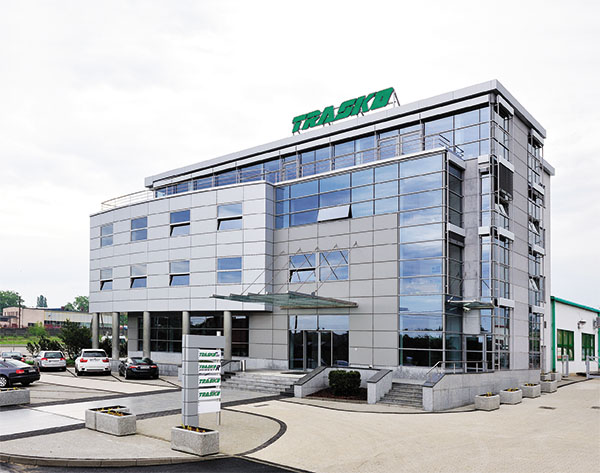Third-party logistics (3PL) companies have adopted artificial intelligence, following the lead of businesses in many other industries. Strategic AI applications allow them to save time and money, optimize their processes and achieve progressively better outcomes. How can people apply AI for faster 3PL results?
Applying Generative AI for Administrative Support
Decision-makers have been exploring how to use AI to reduce workloads associated with essential but time-consuming tasks. How could that approach cause faster 3PL outcomes? The executives at one company began relying on generative AI to respond automatically to incoming transactional truckload quote requests.
Leaders envisioned that such an application would eliminate human participation in low-value tasks, freeing them up for more complicated needs, such as troubleshooting and upselling. They also believed that using generative AI would enable current and potential customers to receive prompt responses that show them the company is a competitive choice.
The results of this effort showed more than 2,000 customers received quotes this way. The executives also plan to scale the technology to other applications.
This quote delivery system works when a proprietary AI tool scans incoming emails to determine if they are from customers who want quotes. If so, those parties receive automatic replies with pricing. Since such a setup uses AI for faster 3PL responses, it removes friction and delays that could cause individuals to go elsewhere for services.
The process takes approximately two minutes from start to finish, making it ideal for those who want to promptly receive information that will shape their future decisions. Additionally, since the information exchange occurs via email, people can get the details they need without filling out forms.
Shortening Delivery Time Frames With Smart Robots
Many decision-makers choose to work with 3PL companies after realizing they could implement four distinct growth strategies through such partnerships. More specifically, working with 3PL professionals allows businesses to achieve product development, diversification, market penetration and market development through the various services offered. As enterprises aim to gain traction or maintain momentum with these efforts, delivery speed is often a central part of success. Fortunately, many vendors have developed specialty products to cater to that reality.
One example comes from a company that has automated 3PL logistics warehouses with robots powered by next-generation AI technology. Although humans are still part of the operations for now, leaders hope to eventually operate dark warehouses, ensuring 3PL activities can happen around the clock and regardless of challenges such as labor shortages.
The company’s AI fulfillment systems pick and pack e-commerce products while occupying physical spaces that are up to three-quarters smaller than conventional warehouses. Additionally, the existing robotic warehouse network is extensive enough to allow brands to get products to 96% of the U.S. population within one to two days. Moreover, 3PL customers using these robotic warehouses can expect click-and-collect savings of up to 40% compared to what legacy 3PL facilities offer.
This 3PL application also uses its AI-powered robots differently than other possibilities that revolve around retrofitting existing space to work with those advanced machines. Instead, the warehouses are purpose-built for the robots, optimized to allow them to move around efficiently and easily complete their tasks.
Recording Freight Data More Efficiently
Integrating AI for faster 3PL workflows requires people to analyze areas of wasted time in their processes and explore how the technology could address them. One possibility is to find high-tech solutions to eliminate or significantly reduce activities that traditionally cause delays.
One 3PL uses an AI-based computer vision system to record freight data for each load arriving at warehouses. The company operates more than 700,000 square feet of Arizona warehouse space, showing ample data-collection opportunities.
Sensor-surrounded dock doors are at the system’s heart. They capture the necessary label or barcode information without manual scanning. The technology can also grab details about logos or images. Next, the information is automatically uploaded to a company’s inventory management system and sent to a centralized dashboard for easy reference.
Executives believe this technology and accompanying upgrades will improve logging time while improving accuracy. Those outcomes will support the company’s current partners and others interested in beginning to use its 3PL services. These consciously chosen improvements should support competitiveness and show that a business is committed to meeting customers' needs through efficiency of all types. Since warehousing is one of the top two reasons most people choose 3PL services, these improvements support marketplace differentiation.
Ready to Apply AI for Faster 3PL Operations?
If these examples have piqued your curiosity about bringing AI to your 3PL facility, begin by determining your top pain points. Use that information to inform your research into vendors, potential applications, budgetary decisions and other critical details that will influence your ultimate decision.
Learn about how companies of a similar size have applied AI and what challenges they encountered. Those details will help you set accurate expectations and relevant goals.










